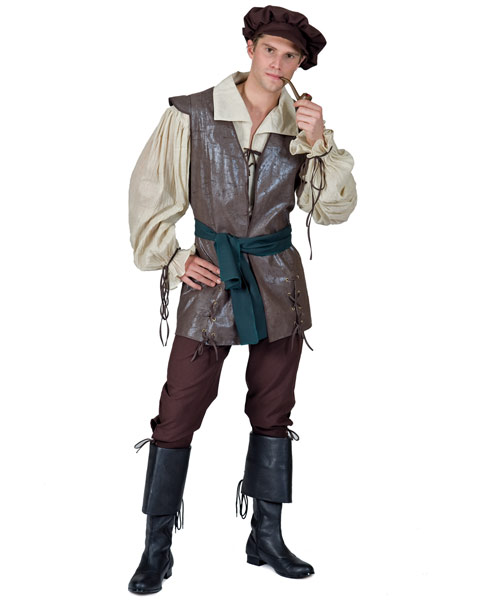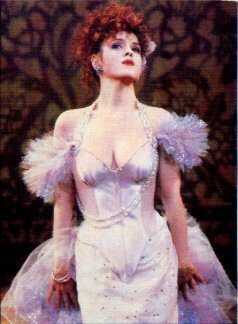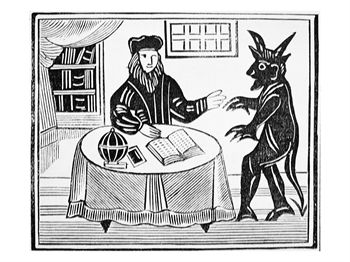POLITICAL THEATRE
Political Theatre is a play surrounding a political or social issue.
Policies That Have Affected Me:
Merging First and Middle schools into Primary schools so that we start Secondary school a year earlier.
Having to stay in education until 18 years old.
The price of University Fees rising
The price of train fares rising
Where I Find Out The News:
Social Media eg Tumblr and Facebook
The BBC/ITV News
The Newspaper
Social Issues I Have Come Into Contact With
Teen Pregnancy
Pot Holes
Rogue Landlords
My Character - Celebrity
Apposing Character - Another Celebrity
Set - A "This Morning" type chat show
There are two sofas facing opposite each other with a coffee table in the middle. The two hosts sit on one sofa and the two guests sit on the opposite sofa with a noticeable space in-between them. There is a large screen at the back between both sofas with the chat show logo on.
Holly: Hello and welcome to Chatting on Tuesday. Over the weekend you may have seen or heard about a controversial charity campaign by X Factor contestant and Big Brother winner Cecillia Simpson. Incase you didn't, lets take a look at it.
A video appears on the large screen behind them. It is a film of one of the celebrities from the sofa. They are sitting on a chair in front of a black background.
Cecillia (on tape): Hello. My name is Cecillia Simpson. You may know me from shows such as X Factor and Big Brother. I am here today to tell you about the Pug Dog Welfare and Rescue Association. Each year hundreds of these adorable pugs are left abandoned and neglected. PDWR work tirelessly to find these pups a forver home. I should know as I have adopted 5. Boris, Bobby, Billy, Barney and Benji were lucky enough to find me. Otherwise they could still be neglected, feeling lonely and sad. Many people ask me how I could possibly fit my 5 babies into my busy schedule, but to be honest as soon as I saw their cute faces how could I not want to help? So be like me. Adopt a Pug today.
Holly: Hmm. Okay, well that video got a negative response on Twitter from quite a lot of people on twitter, including this user: @laurenrebbecca31 who says: "this video is atrocious. Cecillia obviously doesn't care about the Pugs as much as she does herself" and many other celebrities such as Emma Watson who says "Just another fame hungry person trying to save their career" and youtuber Zoella said she was "outraged" by the lack of respect and real want to help the pugs. Well we are joined now by Cecillia as well as Miranda Stevens who is from the Pug Dog Welfare and Rescue association. So Cecillia, what do you think about everything that has happened on twitter since your video appeal.
Cecillia: You know what Holly, I am hurt. I am actually hurt by all this. Honestly. I cannot believe how against this everyone is. I was just trying to do a good thing!
Miranda: I don't believe your intenttions were entirely to do good things for the Pugs.
Holly: So Miranda you agree with the tweets that have been pouring in?
Miranda: Yes, I'm afraid to say I do, Holly.
Cecillia: What!
Miranda: Sorry Cecillia but I am not stupid and I can see what you were trying to do
Cecillia: And what was that then?
Miranda: Using the Pugs as a poor attempt to make yourself look better.
Cecillia: Why would I need to make myself look better? I've only ever been honest for as long as I have been in the public eye.
Miranda: About 2 minutes then!
Cecillia: Sorry but who are you? Do you have your own book? Are you married to a high profile footballer?
Miranda: You know what, no I don't have anything of those things and I don't want them either. You want to know what I do have though? A genuine love for these dogs, I work hard to help them find homes and truley keep their welfare the closest thing to my heart.
Holly: Hmm. Okay, well that video got a negative response on Twitter from quite a lot of people on twitter, including this user: @laurenrebbecca31 who says: "this video is atrocious. Cecillia obviously doesn't care about the Pugs as much as she does herself" and many other celebrities such as Emma Watson who says "Just another fame hungry person trying to save their career" and youtuber Zoella said she was "outraged" by the lack of respect and real want to help the pugs. Well we are joined now by Cecillia as well as Miranda Stevens who is from the Pug Dog Welfare and Rescue association. So Cecillia, what do you think about everything that has happened on twitter since your video appeal.
Cecillia: You know what Holly, I am hurt. I am actually hurt by all this. Honestly. I cannot believe how against this everyone is. I was just trying to do a good thing!
Miranda: I don't believe your intenttions were entirely to do good things for the Pugs.
Holly: So Miranda you agree with the tweets that have been pouring in?
Miranda: Yes, I'm afraid to say I do, Holly.
Cecillia: What!
Miranda: Sorry Cecillia but I am not stupid and I can see what you were trying to do
Cecillia: And what was that then?
Miranda: Using the Pugs as a poor attempt to make yourself look better.
Cecillia: Why would I need to make myself look better? I've only ever been honest for as long as I have been in the public eye.
Miranda: About 2 minutes then!
Cecillia: Sorry but who are you? Do you have your own book? Are you married to a high profile footballer?
Miranda: You know what, no I don't have anything of those things and I don't want them either. You want to know what I do have though? A genuine love for these dogs, I work hard to help them find homes and truley keep their welfare the closest thing to my heart.































